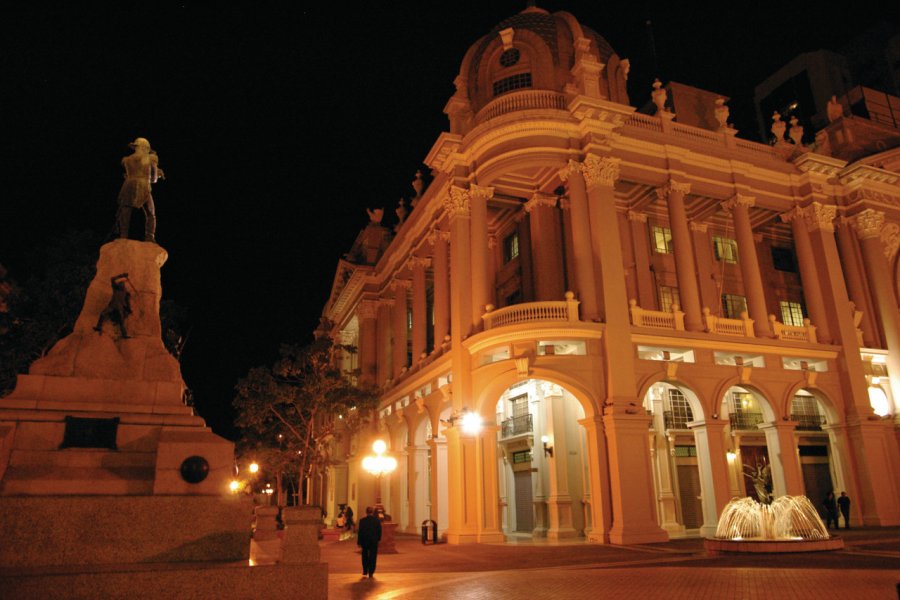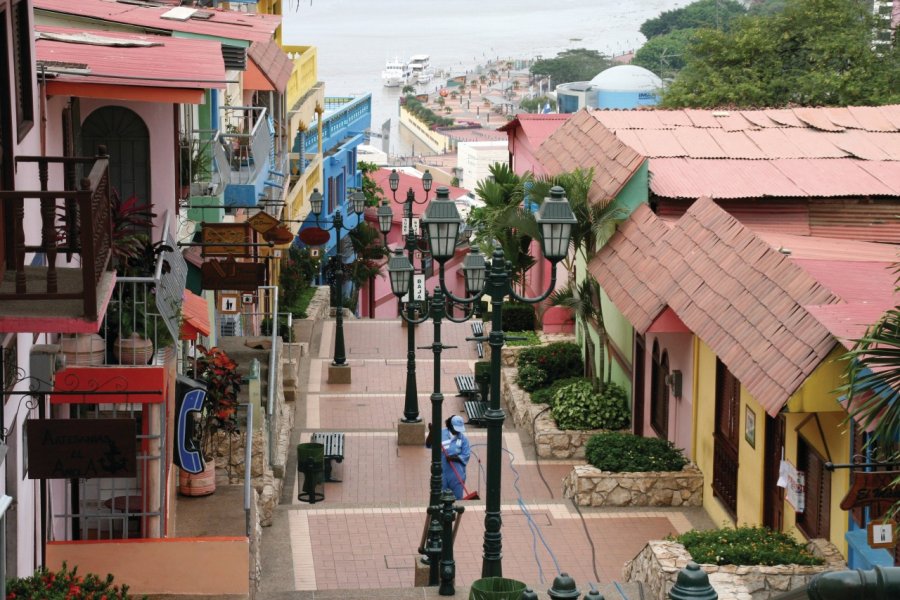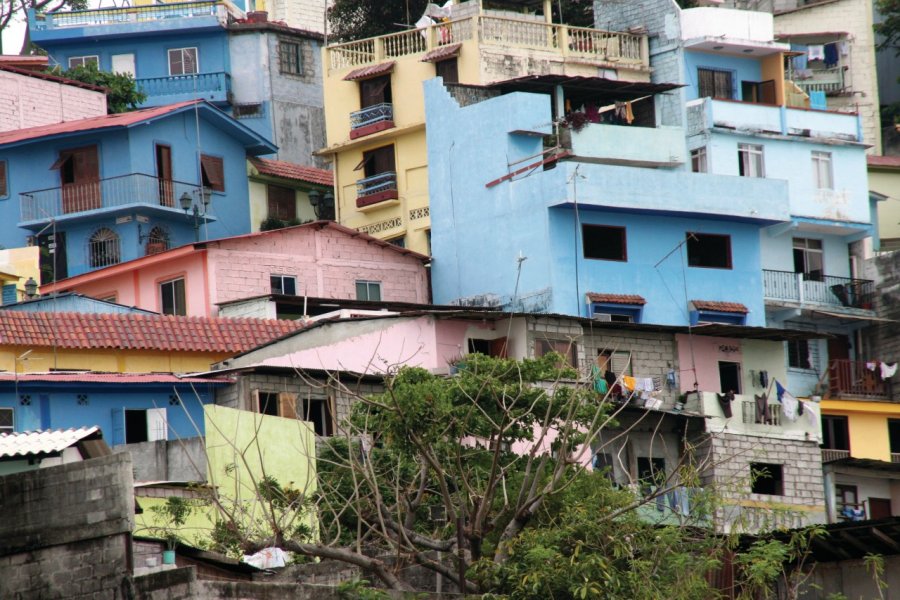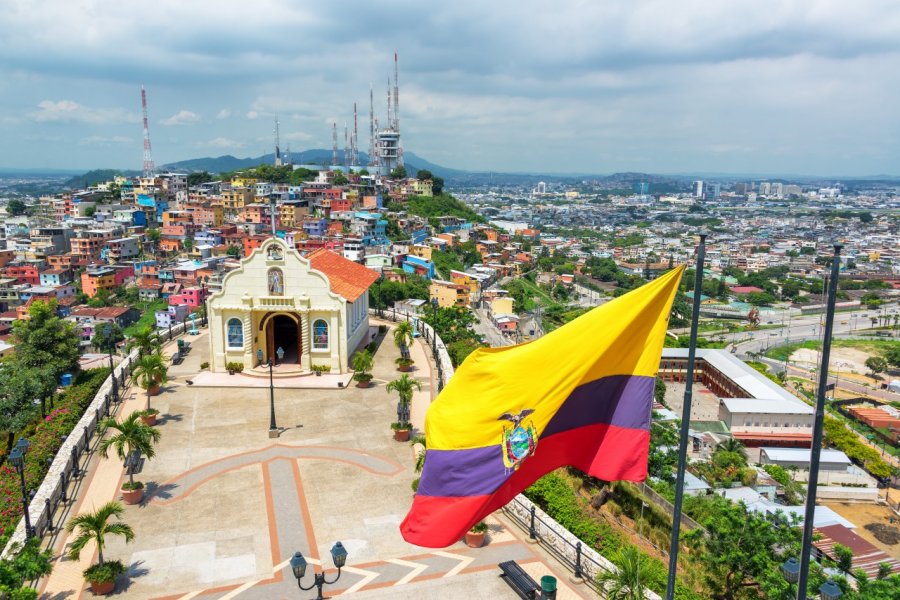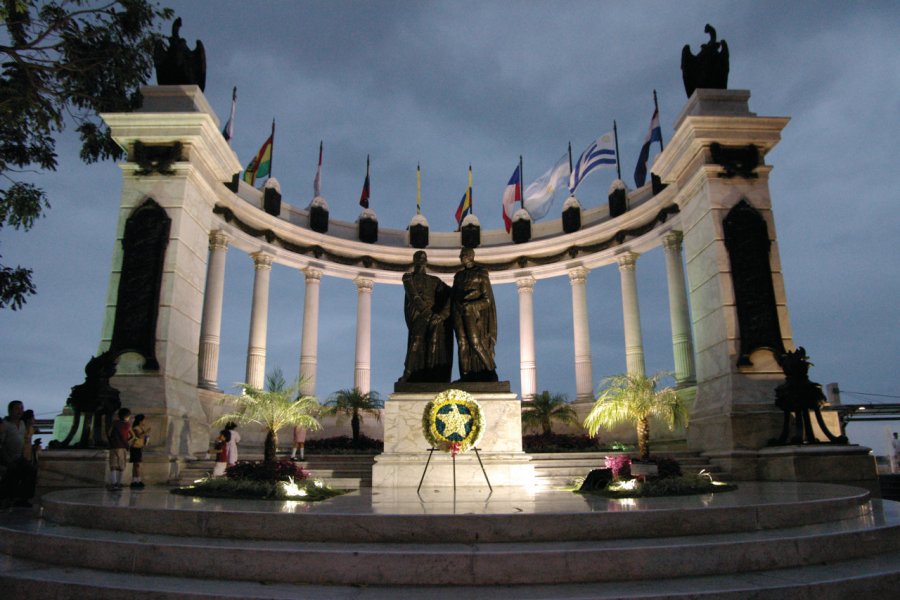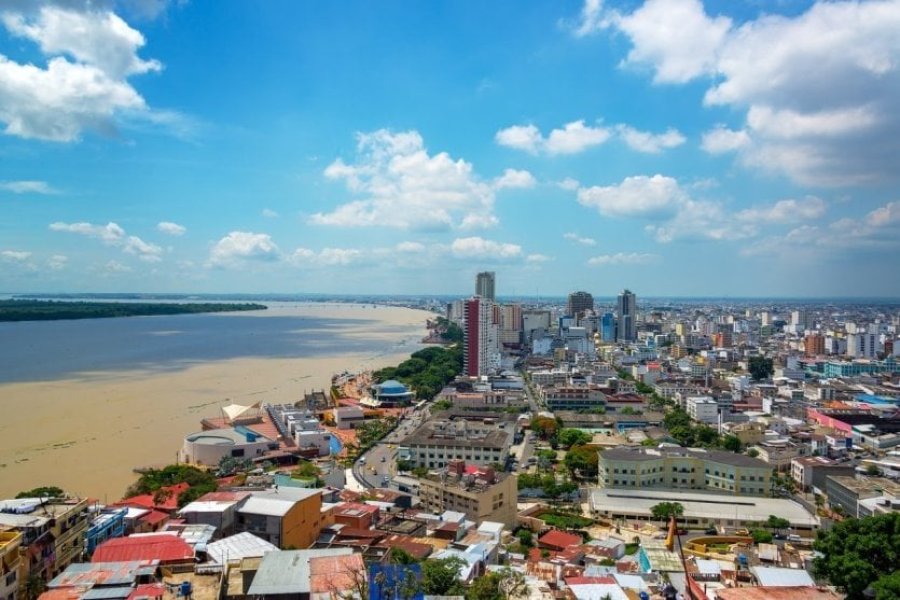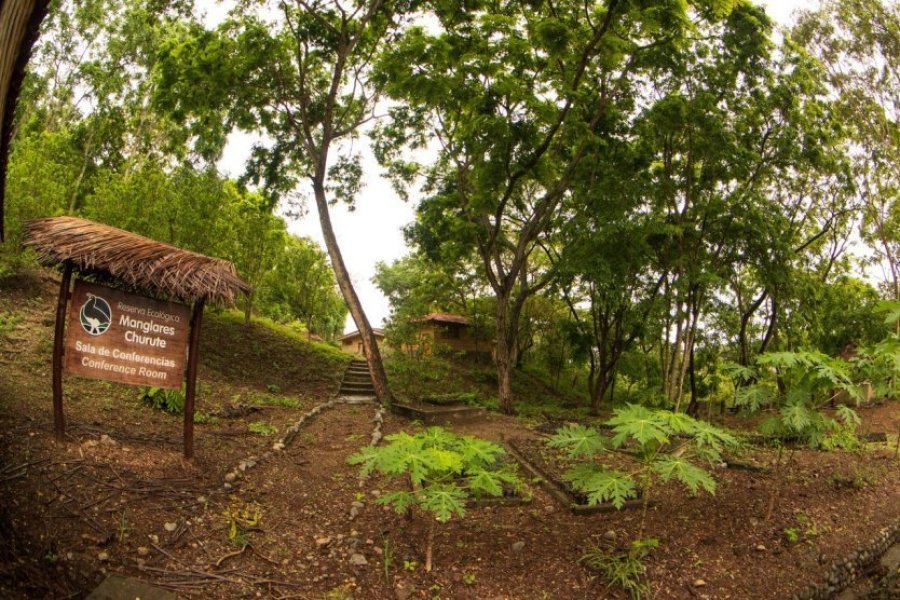Travel Guide Guayaquil
Find an accommodation
Advertising
The largest port in the country, and probably in South America in general, is bordered to the east by the city of Guayaquil and to the west by the Salado estuary. While Quito is the country's administrative and historical capital, the city that journalist (and no less poet) Juan Batista Aguirre dubbed the "Pearl of the Pacific" is the economic capital of the Republic of Ecuador. Nearly 3/4 of all exports leave the country from its port, and almost 90% of all products imported into Ecuador pass through the city.Numerous cargo ships and boats constantly navigate the muddy delta, carrying industrial products, agricultural produce, fish and passengers. Culture is also present in Guayaquil, with a number of cinemas, museums of colonial, religious or contemporary art, or of the city's history. This is an opportunity to discover that Ecuador's largest city, in the heyday of cocoa, enjoyed a privileged relationship with the kingdom of France, and that the middle class still retains a certain Francophilia today.On the gastronomic front, local cuisine is influenced by its proximity to the sea. Gulf crab, a variety endemic to the region, is the basis of many dishes that Guayaquileños love: seafood, shellfish, oysters, crustaceans, shrimps, langoustines, lobsters... Tripe with peanut sauce is also a local specialty. Exotic fruits are varied: mangoes, papayas, pineapples, naranjilla, bananas in all their forms (green or ripe plantain, bolones, patacones, chifles...).
What to visit Guayaquil?
Advertising
Weather at the moment
Advertising
Organize your trip with our partners Guayaquil
Transportation
Book your plane tickets
Car Rental
Boat rental
Accommodation & stays
Find a hotel
Holiday rental
Find your campsite
Tailor-made trip
Immersion travel
Services / On site
Activities & visits
Find a doctor





